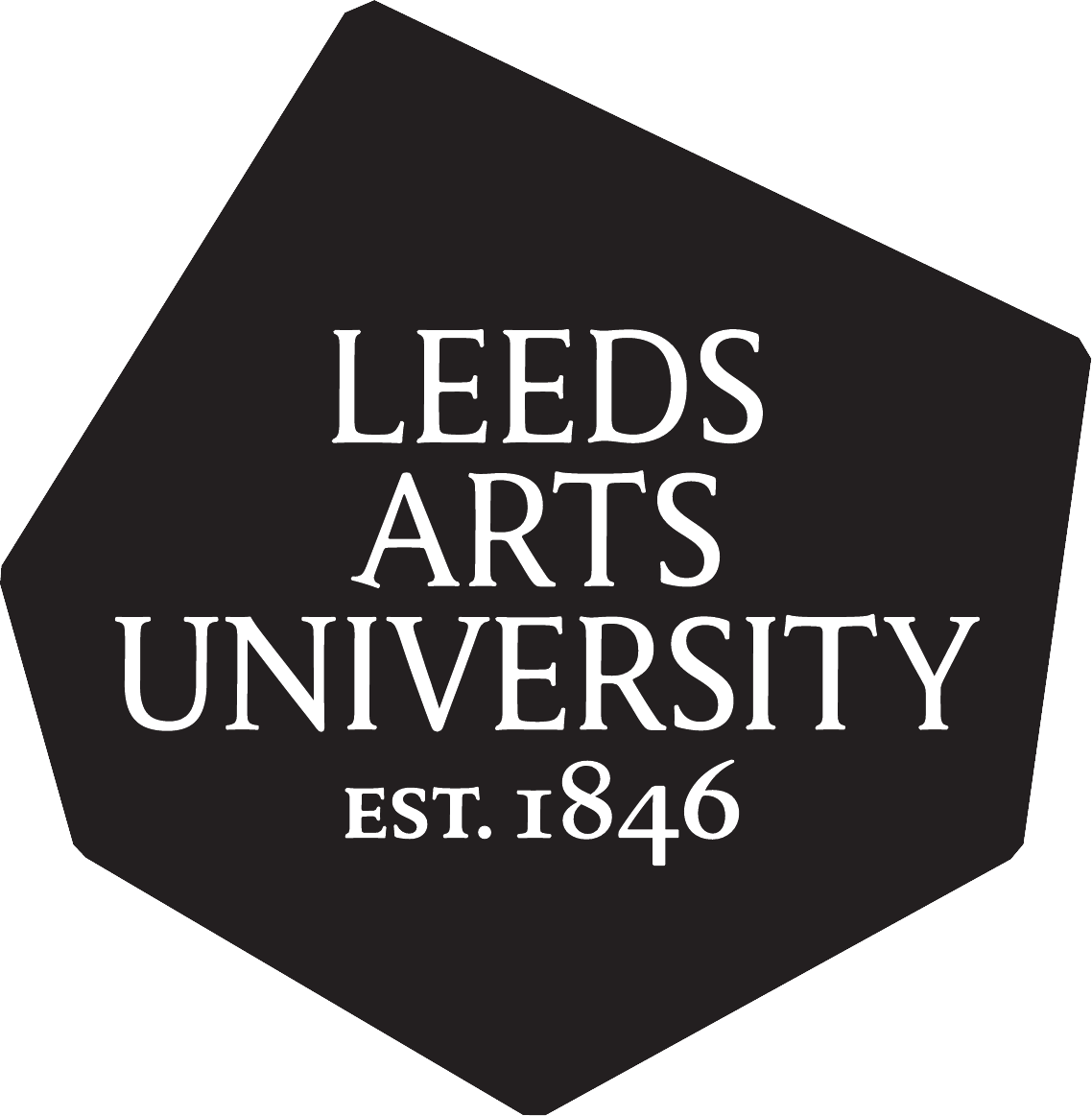Modelling lines of sculptural thought: the use of a transcription project to interrogate, intervene and dialogue with a sculpture archive
Gaffney, Sheila 
Abstract
This article is the outcome of a conference paper, part of the ‘Archival Interventions in Sculpture’ panel for the annual Association of Art Historians conference at the Royal College of Art in April 2014. It discusses how a formative encounter with sculpture early on in my artistic career has resonated over many years within my research. It explores whether and how objects from the past, encountered in gallery and museum conditions, can enable us to read the present. I use a personal exhibition project of my own as a case study which was the material outcome of a period of time spent using a transcription method. A transcription project is typically the taking of a master painting and drawing from it to understand how it is made. This is not copying because it is not an action of replicating it verbatim. Instead, the artist distills the image, taking from it what she desires, leaving the rest behind. I show how employing transcription can progress knowledge and understanding of sculpture from the past in the present. I account the way that I used transcription as a tool of interrogation, intervention and dialogue with history. I signpost ways that other sculptors have evidenced the reading or transcribing of art in the making of their own work. I use the psychoanalytical ideas of Christopher Bollas in his book The Shadow of the Object: psychoanalysis of the unthought known (1987) to explore how this particular form of thinking through making, that I have knowledge of as a creative practitioner, can be a research tool to reflect on a key moment of my own development, and more widely interrogate what was at play between British sculptors in the 1980s, who were working in the inherited sculptural field of British sculpture in the twentieth century.
Actions (login required)
 |
Edit Item |

